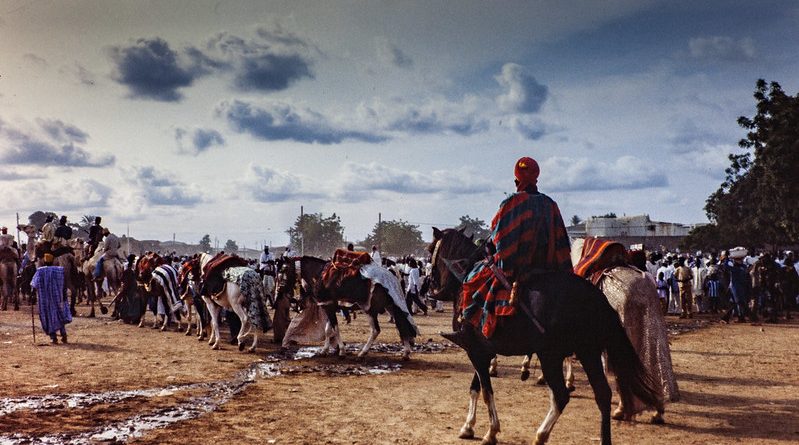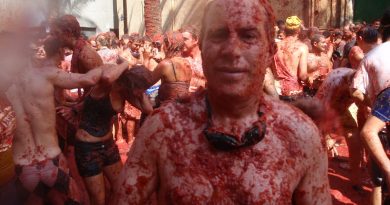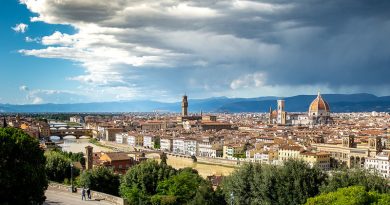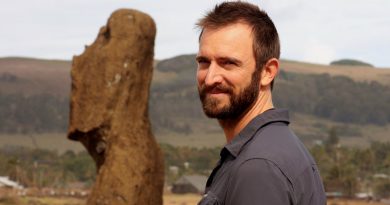Kano and the Hausa tribes of Northern Nigeria
Kano is a sprawling metropolis that rivals Lagos in size, making it one of Africa’s largest cities. It’s a major commercial centre based in the middle of an agricultural region, where cotton, cattle and peanuts are raised.
Kano’s wealth was built on its strategic position on the trans-Sahara trade route that was established over a thousand years ago.
The 19th cent European explorer Captain Clapperton once described seeing a caravan arrive that counted over 3,000 camels, although he might have exaggerated a little.
But it is said that at the height its power Kano sent 300 camel-loads of indigo cloth at a time to Timbuktu.
The heritage of Northern Nigeria is based a cohesive ethno-historical system involving more than a dozen kingdoms Seven of these kingdoms have roots the Hausa people. The primary exports of Hausaland were leather, gold, cloth, salt, kola nuts, animal hides, and henna.
The seven Hausa states included Kano , the largest of the provinces in terms of population and economy. The Kano Native Authority, an offshoot of the fula Kano Emirate, inherited the ancient trade industries that fuelled the trans-Saharan trade with North Africa.
The Hausa aristocracy, under influence from the Mali Empire adopted Islam in the 11th century. By the 12th century the Hausa were becoming one of Africa’s major powers. The architecture of the Hausa is perhaps one of the least known but most beautiful of the medieval age. Many of their early mosques and palaces are bright and colourful and often include intricate engraving or elaborate symbols designed into the facade. By 1500 the Hausa utilized a modified Arabic script to record their own language; the Hausa compiled several written histories, the most popular being the Kano Chronicle.
Each Hausa state in Nortjern Nigeria still has an Emir as its leader who is an important representative of the local government They are important dignitaries who adhere to customs and ceremonies hundreds of years old.
Kano is still famous for its indigo-dyed cloth and it’s still being produced at exactly the same spot.
V/O
Kurmi Market is one of the oldest and largest local markets in Africa. You can find anything , but it’s particularly famous for its indigo-dyed cloth.
Today cloth is dyed to order and used for ceremonial purposes by the emir and his staff at the nearby palace.
Each Friday thousands of men clad in multi-coloured garments pour onto the streets and into the mosque at Kano.
Machina, a few hours away is where an annual cultural festival takes place.
It’s a 4 hour drive northeast to the edge of the Niger border, and well off the beaten path if there is such a thing in Nigeria.
The journey takes you straight through the beautiful Nguru Wetlands.
The horsemen of Machina are famed to be the best in Nigeria,
Durbars are held all over Northern Nigeria. They date back to the times when the Northern states used horses in warfare. The durbar was a military parade that displayed the regiment’s loyalty to their emir and their readiness for battle. Lines of horses and their riders gallop across the square demonstrating their skills. It’s a great spectacle and anyone who travels to Nigeria should makes sure that they at least experience one.




